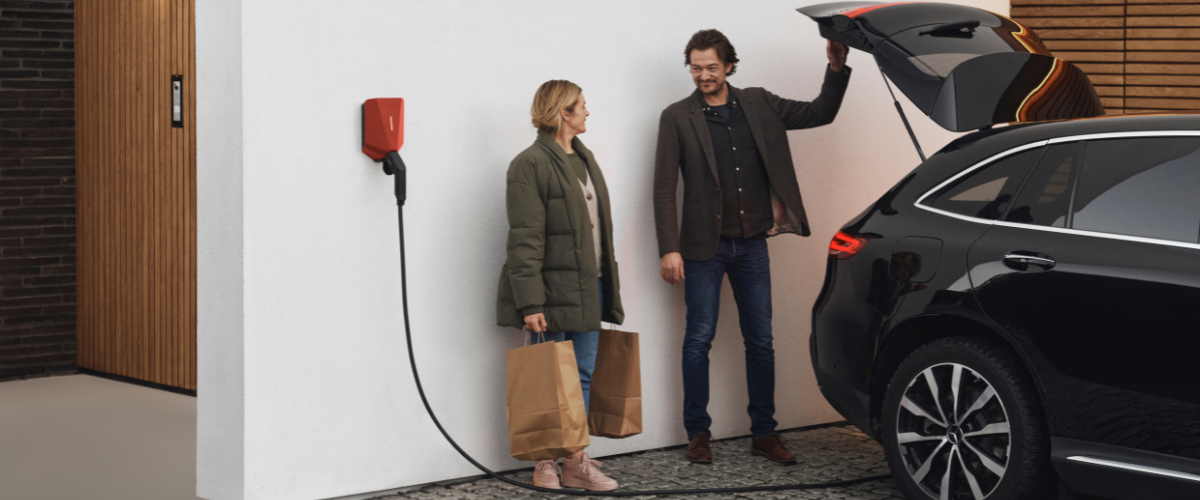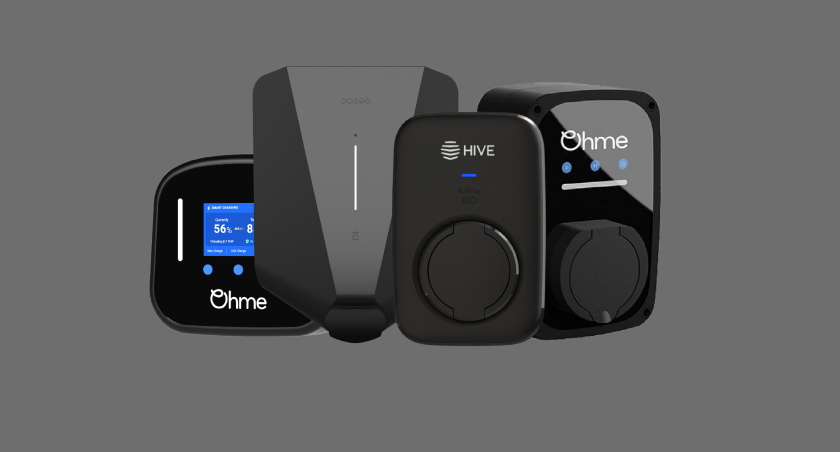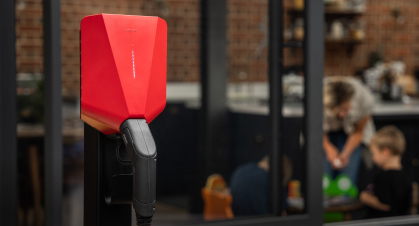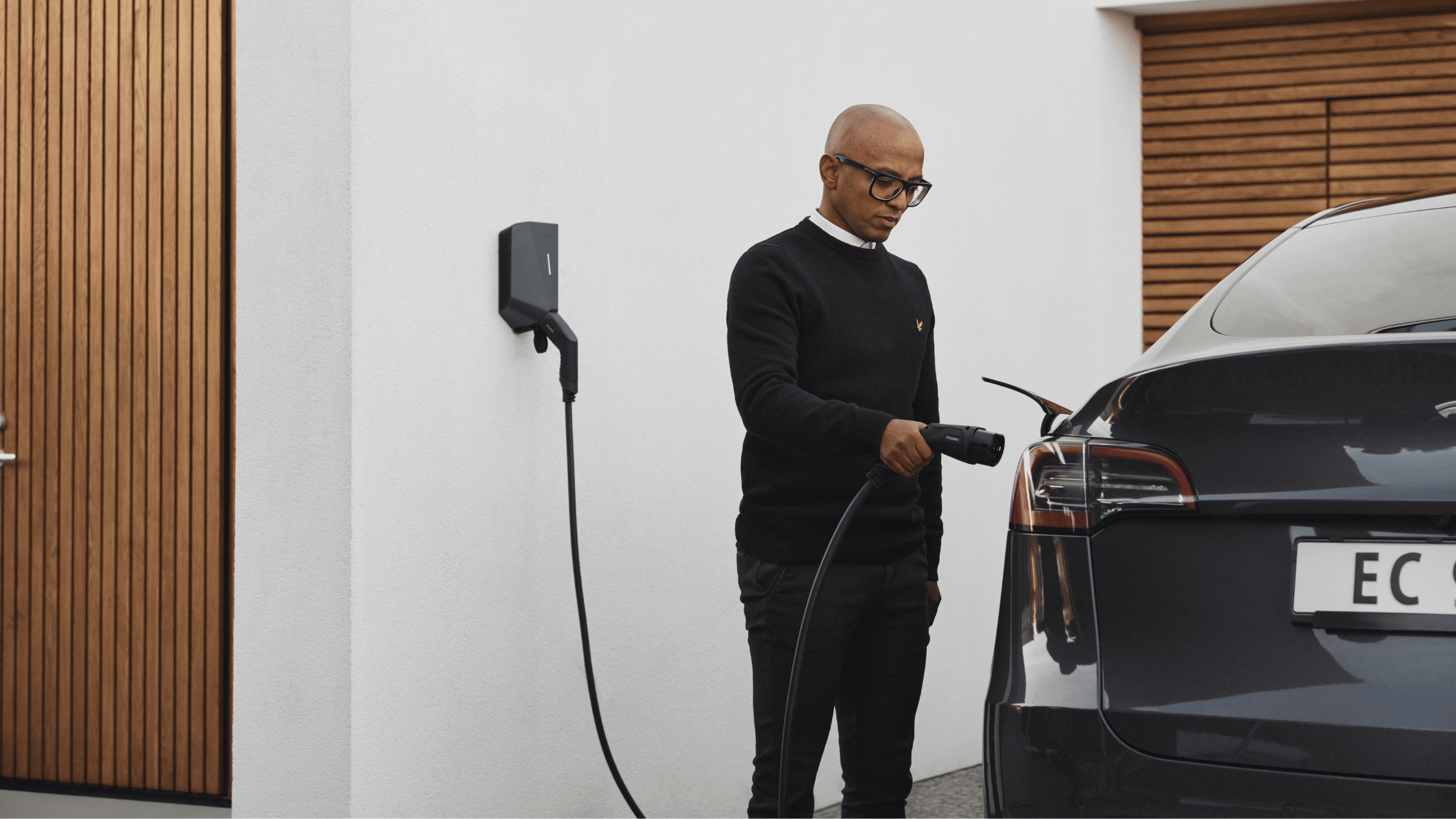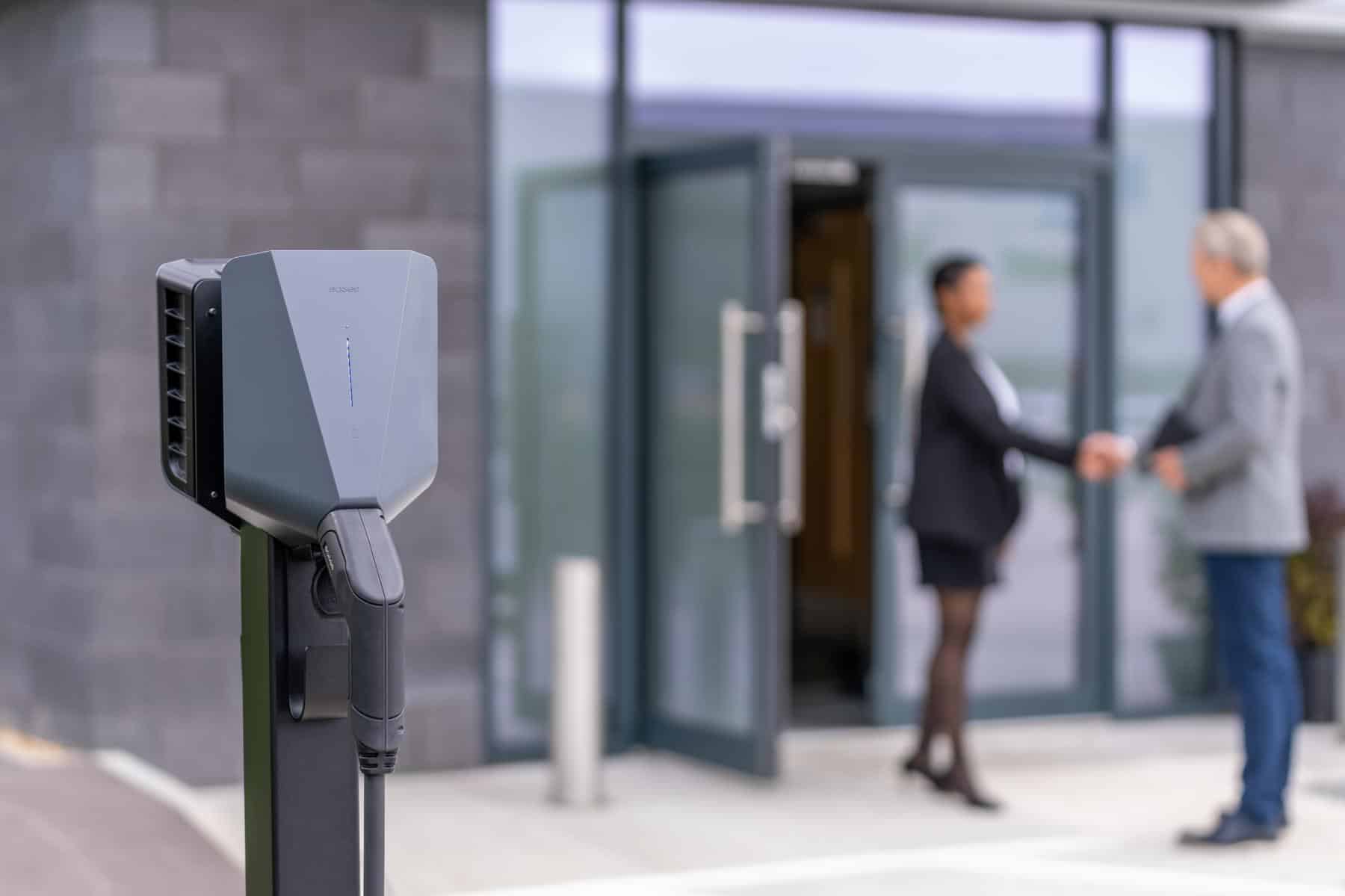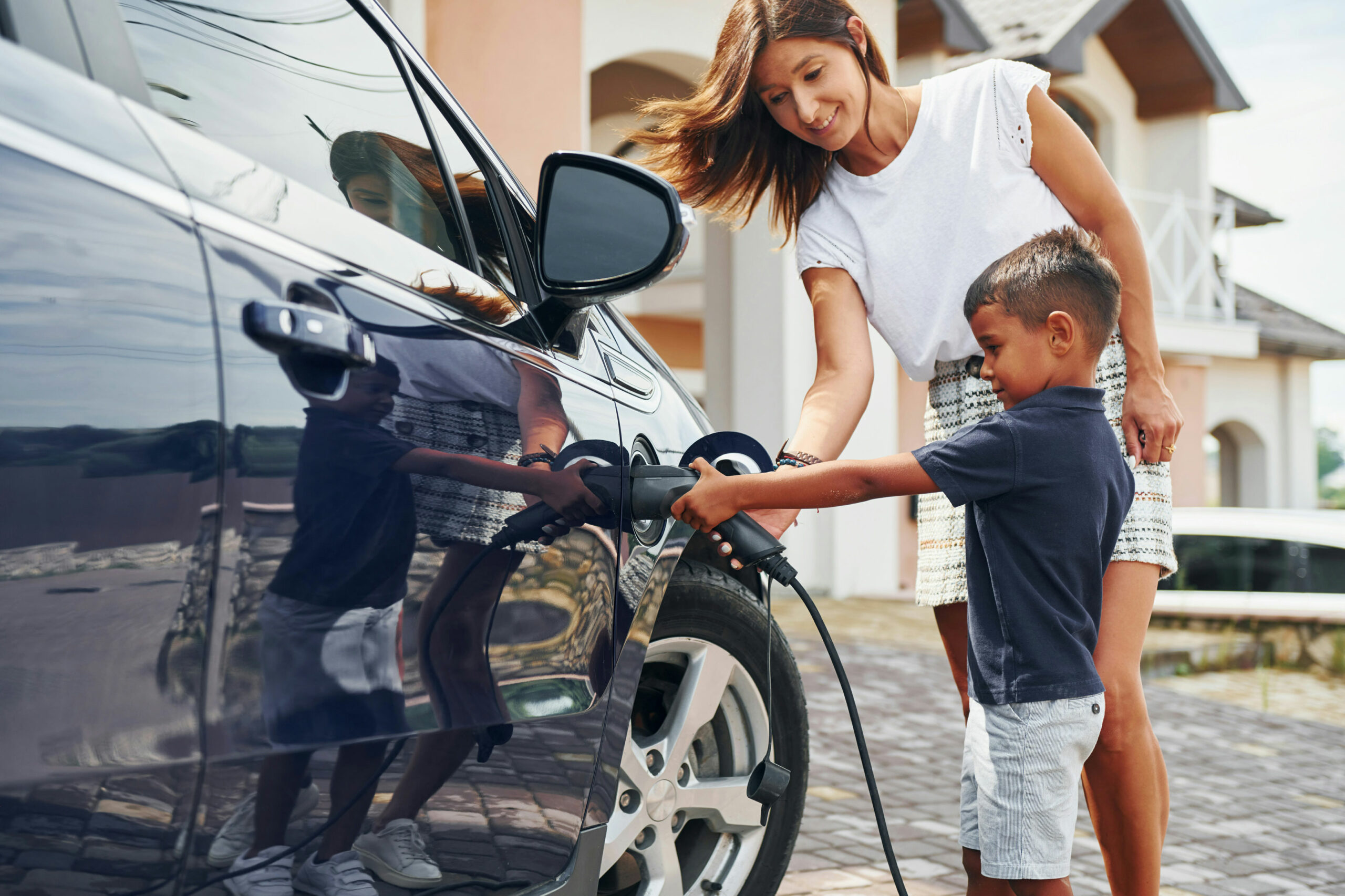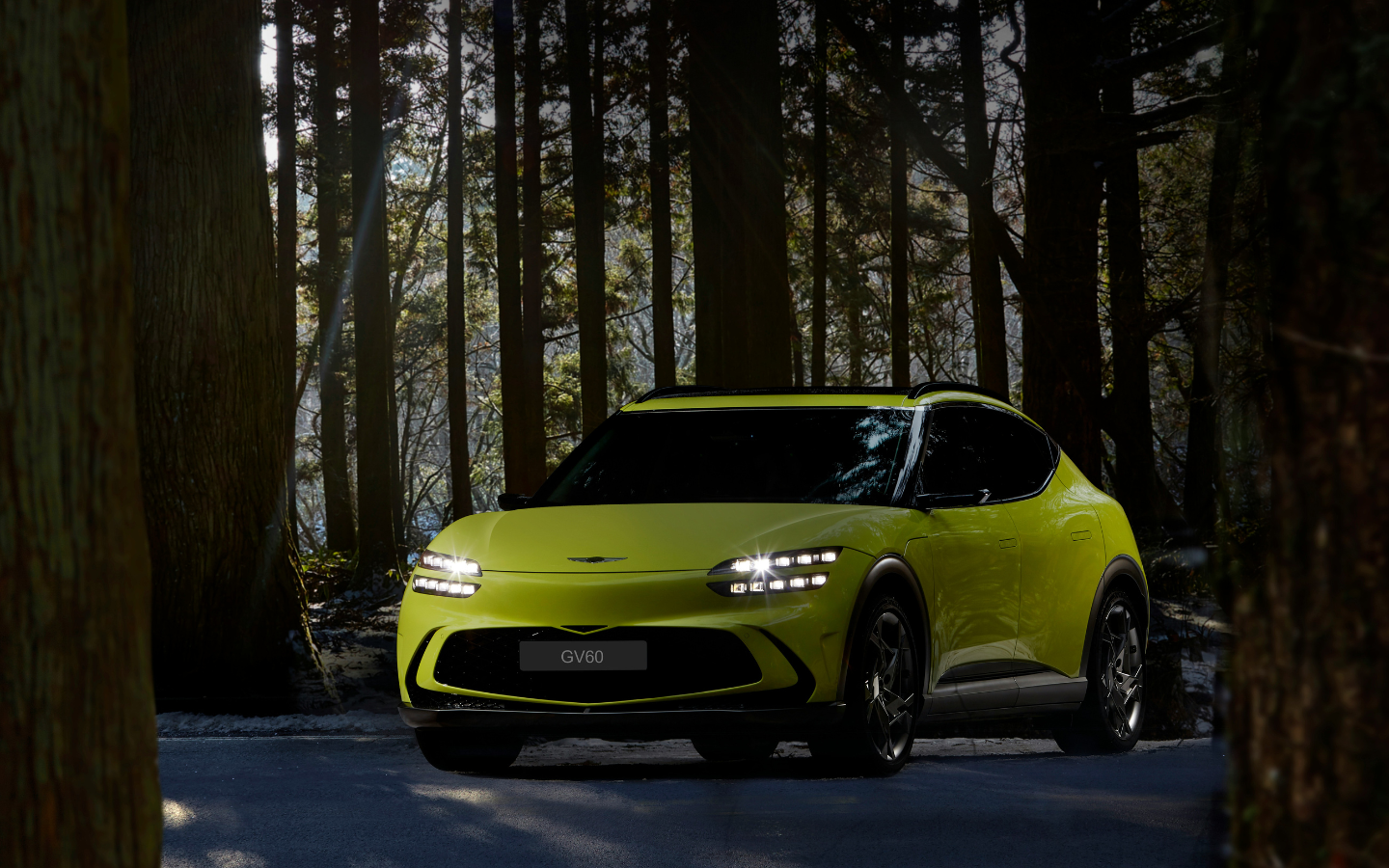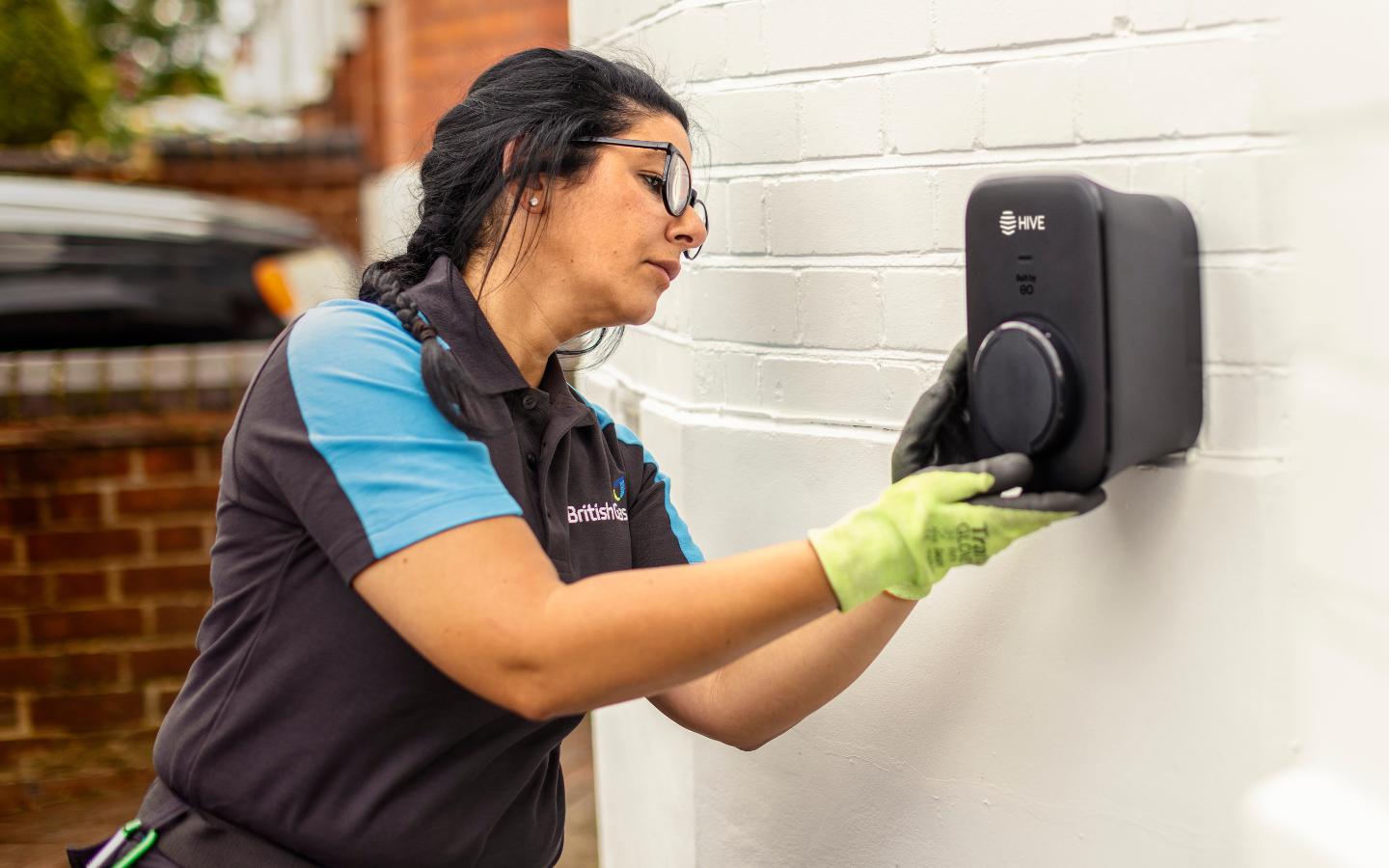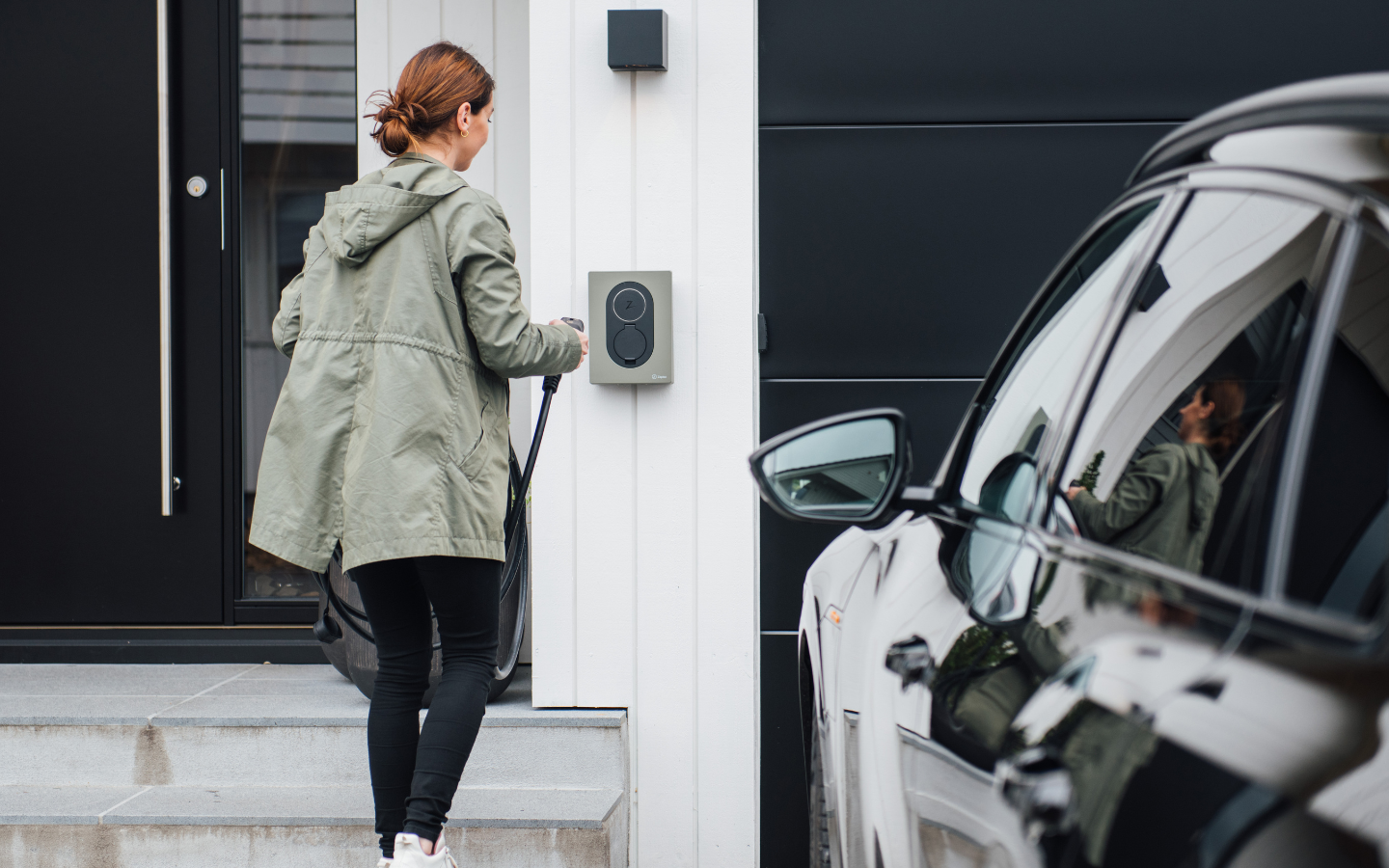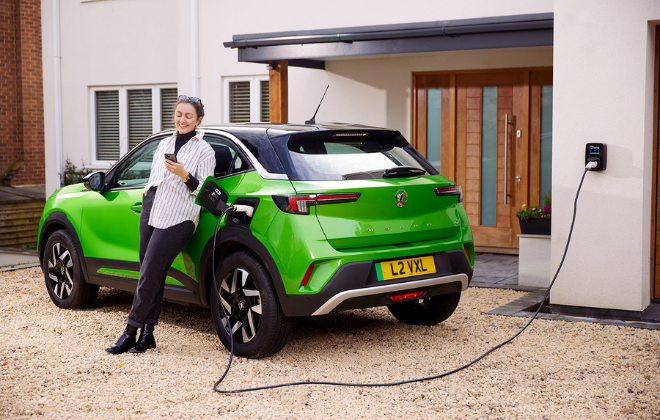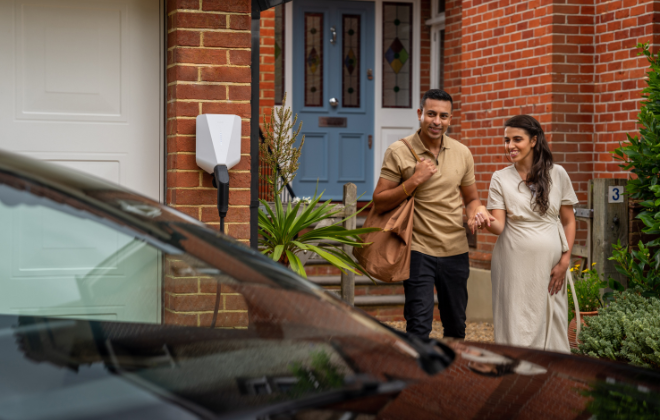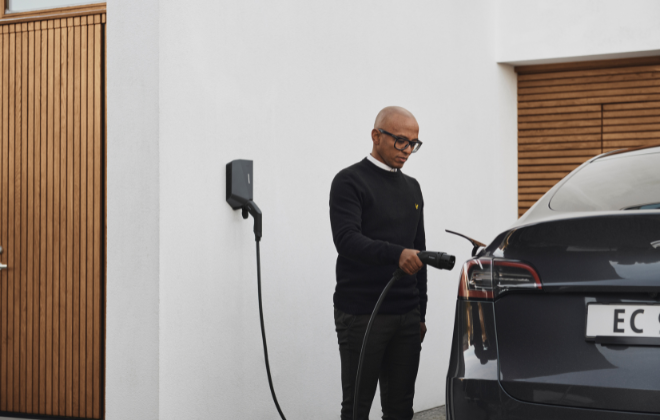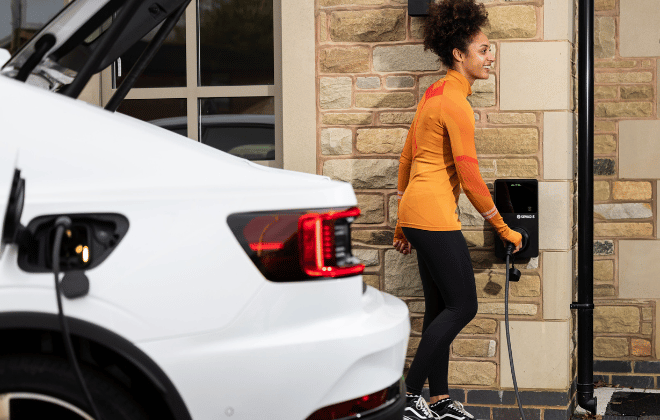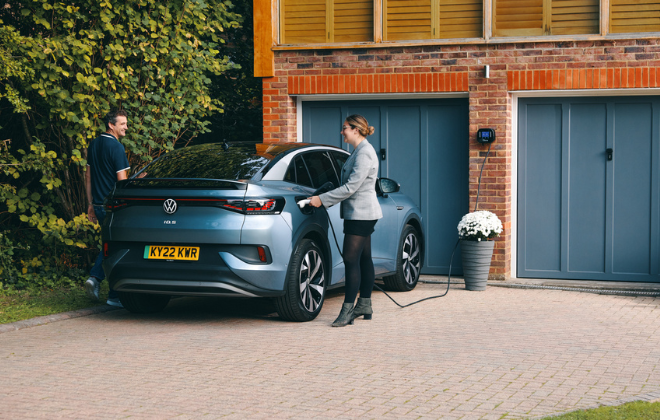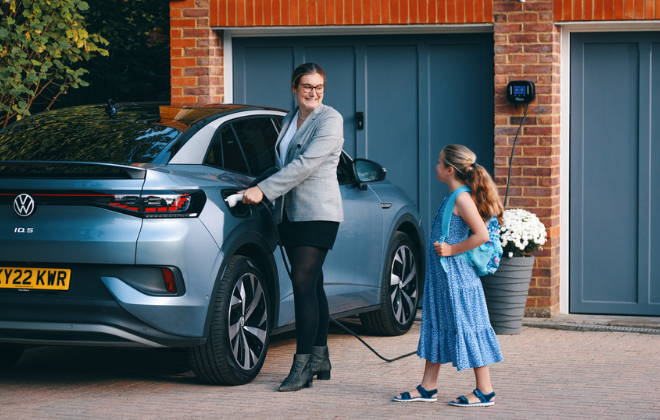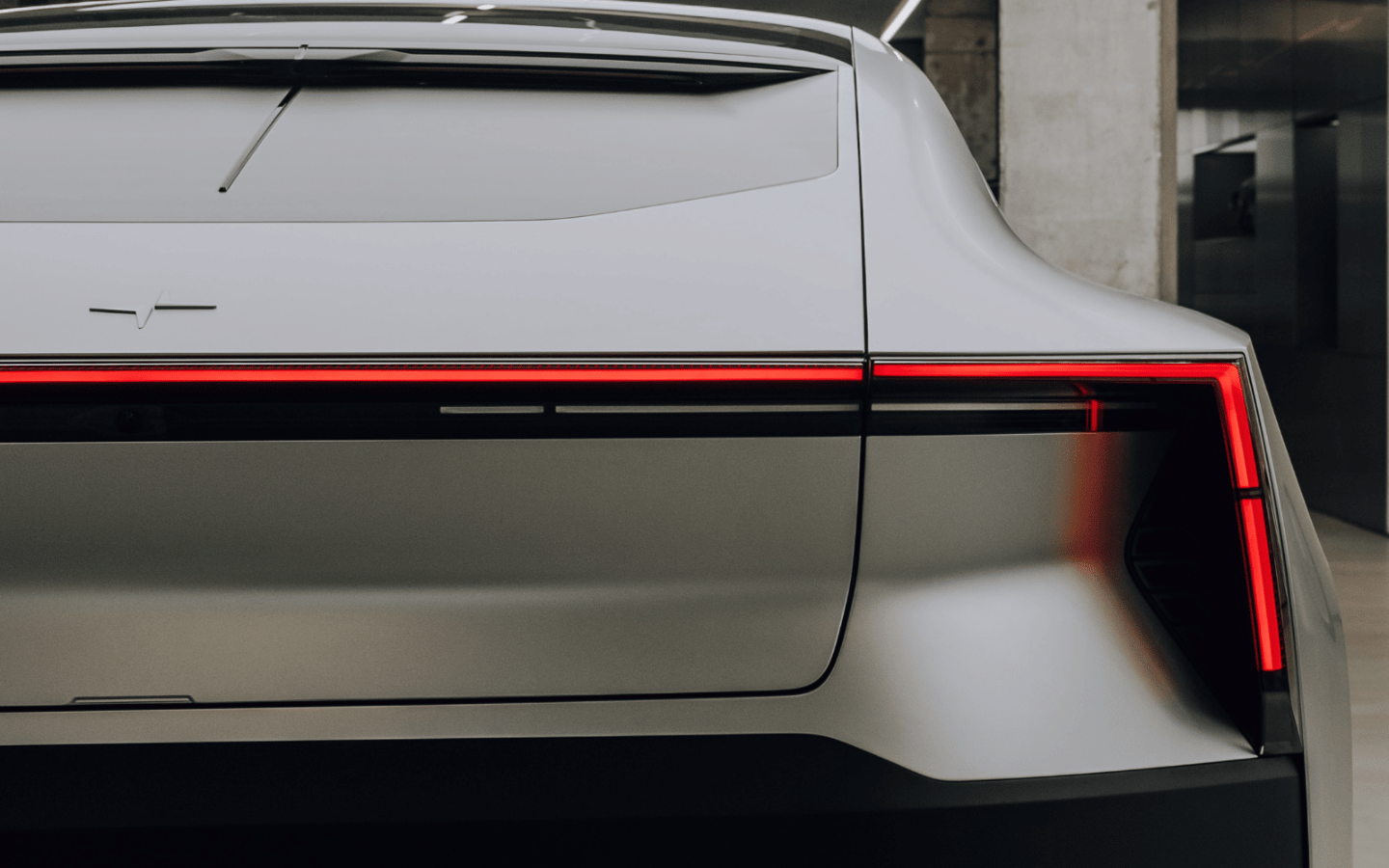

What is an electric car onboard charger?
What is an electric car onboard charger? EV onboard chargers explained
Electric vehicle charging comes in various shapes and sizes – slow, fast and rapid charging, Type 1 and Type 2 connectors, 3-pin plug charging, smart home charging and public charging – there are numerous ways to power your electric car.
However, there’s one crucial EV component that plays a pivotal role in the functionality of electric vehicle charging – the onboard charger (OBC).
But what is an electric car onboard charger? And why is it important in EV charging?
We’re here to provide all the answers. In this guide, we will explain what an electric car onboard charger is, how onboard chargers for EVs work, and provide maximum onboard charger rates for some of the most popular electric vehicle chargers.
What is an onboard charger for an electric vehicle?
An electric vehicle (EV) onboard charger (OBC) is an essential part of every electric vehicle.
Since electric car batteries only charge with direct current (DC), and electricity from the grid is always alternating current (AC), an electric car onboard charger’s main responsibility is converting AC into DC so that you can charge your electric car’s battery.
Your electric car’s onboard charger only converts energy when you are plugged into an AC source, such as when you plug in to charge at home or certain lower-rated public charging points. This conversion process doesn’t occur when you plug into a DC charger, such as Rapid or Ultra-Rapid EV charging points, as there’s a pre-existing off-board charger inside the DC charging point that converts AC into DC before the power reaches your car.
But that’s not all; your electric car’s onboard charger also undertakes other operations, such as monitoring the charging rate of your EV.
Important – Make sure you don’t get EV onboard chargers mistaken for an actual electric car charging point that you plug in.
Where is an electric car onboard charger located?
The onboard charger is located within the electric vehicle itself, and its primary job is to manage and control the charging process, ensuring safe and efficient conversion and delivery of direct current to the EV battery.
How does an EV onboard charger work?
When an EV is plugged into an AC charging station, the onboard charger within the EV communicates with the electric car charging station to determine the available power, voltage, and charging capacity. It then converts AC into DC power before regulating the flow of electricity into the battery, successfully charging your electric car.
Each electric vehicle’s onboard charger has a maximum charging rate – the fastest it can charge with alternating current. For example, if your EV has a maximum charging rate of 7kW, you won’t be able to charge any faster than 7kW, even if you used a 22kW AC charger.
Maximum charging rates depend on the EV make and model.
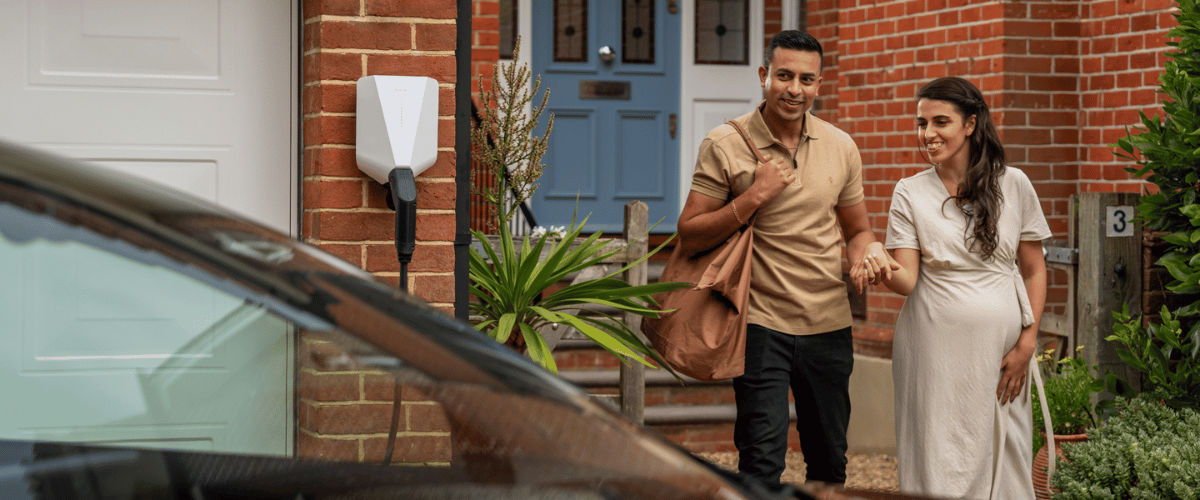
How do I know what size kW onboard charger my electric car has?
As previously mentioned, electric cars come equipped with onboard chargers that determine their maximum AC charging rate, often measured in kW (kilowatts). To find the specific maximum onboard charging rate for your electric vehicle (EV), make sure you refer to your EV’s manual.
On the whole, the available maximum charging rates for electric cars range between 3.6kW and 22kW. However, the most common maximum onboard charging rate for many electric cars is around 7kW – specifically 7kW, 7.2kW or 7.4kW – making 7kW home EV chargers a popular choice.
Smaller electric cars generally have maximum charging rates of around 6kW or 7kW, with slight variations like 6.6kW. On the other hand, some electric cars, particularly premium models with larger batteries, offer higher onboard charging rates of 11kW or 22kW.
For instance, Tesla vehicles are renowned for their unique maximum charging rates:
- Tesla Model 3 onboard charger – 11kW
- Tesla Model S onboard charger – 11kW
- Tesla Model Y onboard charger – 11kW
But, it’s essential to note that no electric car currently exceeds a maximum AC onboard charging rate of 22kW.
Don’t get your maximum AC onboard charging rate confused with your DC charging rate, either. Since electric car batteries charge with DC only, you can use high-power DC rapid charge points of up to 150 kW to charge your EV if you want to – maximum charging rates are only for AC.
Popular electric cars and their maximum onboard charging rates:
| Model | Maximum onboard charging rate (kW) |
| Honda e | 6.6kW |
| Nissan Leaf | 6.6kW |
| Mazda MX-30 | 6.6kW |
| Kia e-Niro | 7.2kW |
| Hyundai Ioniq | 7.2kW |
| Kia Soul EV | 7.2kW |
| Volkswagen e-up! | 7.2kW |
| Fiat 500e | 7.4kW |
| Vauxhall Corsa-e | 7.4 kW |
| Vauxhall Mokka Electric | 7.4kW |
| Jaguar I-Pace | 11kW |
| Polestar 2 | 11kW |
| Mini Electric | 11kW |
| Audi Q8 e-tron | 11kW |
| Porsche Taycan | 11kW |
| Skoda Enyaq iV EV | 11kW |
| Renault Zoe R135 | 22kW |
| Polestar 4 Long Range Single Motor | 22kW |
Are there any other versions of an onboard charger?
Yes, two-way onboard chargers are in their infancy. A two-way onboard charger converts AC from the grid to DC within the EV while also allowing DC to be converted back to AC when it’s sold to the grid. Converting DC from your EV to AC and sending it back to the grid is commonly called ‘Vehicle to Grid’ charging.
As we mentioned, ‘Vehicle to Grid’ technology is not a widespread practice in the UK, but with future advancements, it’s likely to become more well-known in the next decade.
Do plug-in hybrids electric cars have onboard chargers?
Yes, plug-in hybrid electric cars have onboard chargers. However, since hybrid electric cars have both an internal combustion engine (similar to petrol and diesel vehicles) and an electric motor, the onboard charging rate is significantly lower – typically between 3.3kW-3.6kW.
3.6kW EV chargers are available; however, even hybrid vehicles may be better off with a 7kW EV charger. Learn everything you need to know about 3.6kW car charging in our blog.
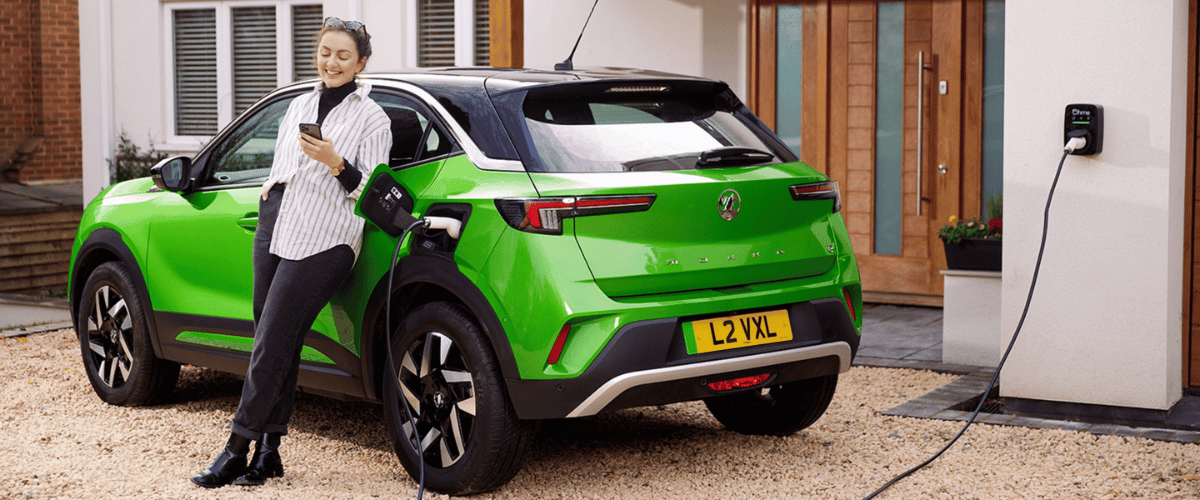
What is an offboard charger?
Unlike an onboard charger, an offboard charger is outside of your electric vehicle and is located in the EV charger that you’re using, not the vehicle itself. The difference between onboard and offboard chargers is that an offboard charger converts AC from the grid to DC before feeding the electricity back to your battery, as touched upon before.
EV charging points with offboard chargers are usually rapid or ultra-rapid public EV charging points. You’ll usually know when you are at a DC charging point as the rates will be significantly higher – typically over 50kW, but some reaching 150kW – and they’ll also be considerably bigger than AC chargers. Since the EV onboard charger isn’t needed, DC rapid chargers allow for faster charging sessions with higher rates since it feeds DC energy straight to your electric car’s battery, bypassing the need for conversion.
Summary:
- An electric vehicle onboard charger (OBC) is a crucial component responsible for converting alternating current (AC) from the grid to direct current (DC) to charge an electric car.
- The OBC is located within the electric vehicle and manages and controls the charging process, ensuring safe and efficient delivery of DC power to the EV battery.
- Different EVs have varying maximum onboard charging rates due to the onboard charges, ranging from 3.6 kW to 22 kW.
- Typically, electric cars have a standard maximum onboard charging rate of around 7kW, making them a popular choice for home chargers and referred to as fast charging.
- Premium electric vehicles may offer higher onboard charging rates, commonly around 11kW.
- Tesla Model 3 and Tesla Model S both have a maximum onboard charging rate of 11kW.
- Two-way onboard chargers, also known as ‘Vehicle to Grid’ chargers, are in the early stages of development, allowing DC to be converted back to AC and sold back to the grid.
- Hybrid electric vehicles have lower maximum onboard charging rates, typically around 3.6kW.
- Offboard chargers are external to the EV and located in the EV charger used for rapid or ultra-rapid public charging points. They convert AC to DC before delivering it to the EV’s battery, allowing for faster charging sessions.
Interested in a home EV charger?
As OZEV-approved installers, we can install single-phase and three-phase compatible electric car chargers at rates of 7kW, 11kW and 22kW. And with installers across the UK, we can install EV chargers nationwide with fast lead times.
If you are looking to get an EV charger installed at your home, click below to get your free quote, or contact us for more information or any queries you may have.
For more information and our latest updates, follow us on Facebook, Instagram, Twitter, LinkedIn and YouTube.
Related articles_
Stay up to date on the latest from We Power Your Car_
I consent to receive newsletters from We Power Your Car. Please see our Privacy Policy
